Mighty machines: Range Rover launches Sport SVR and Hybrid models
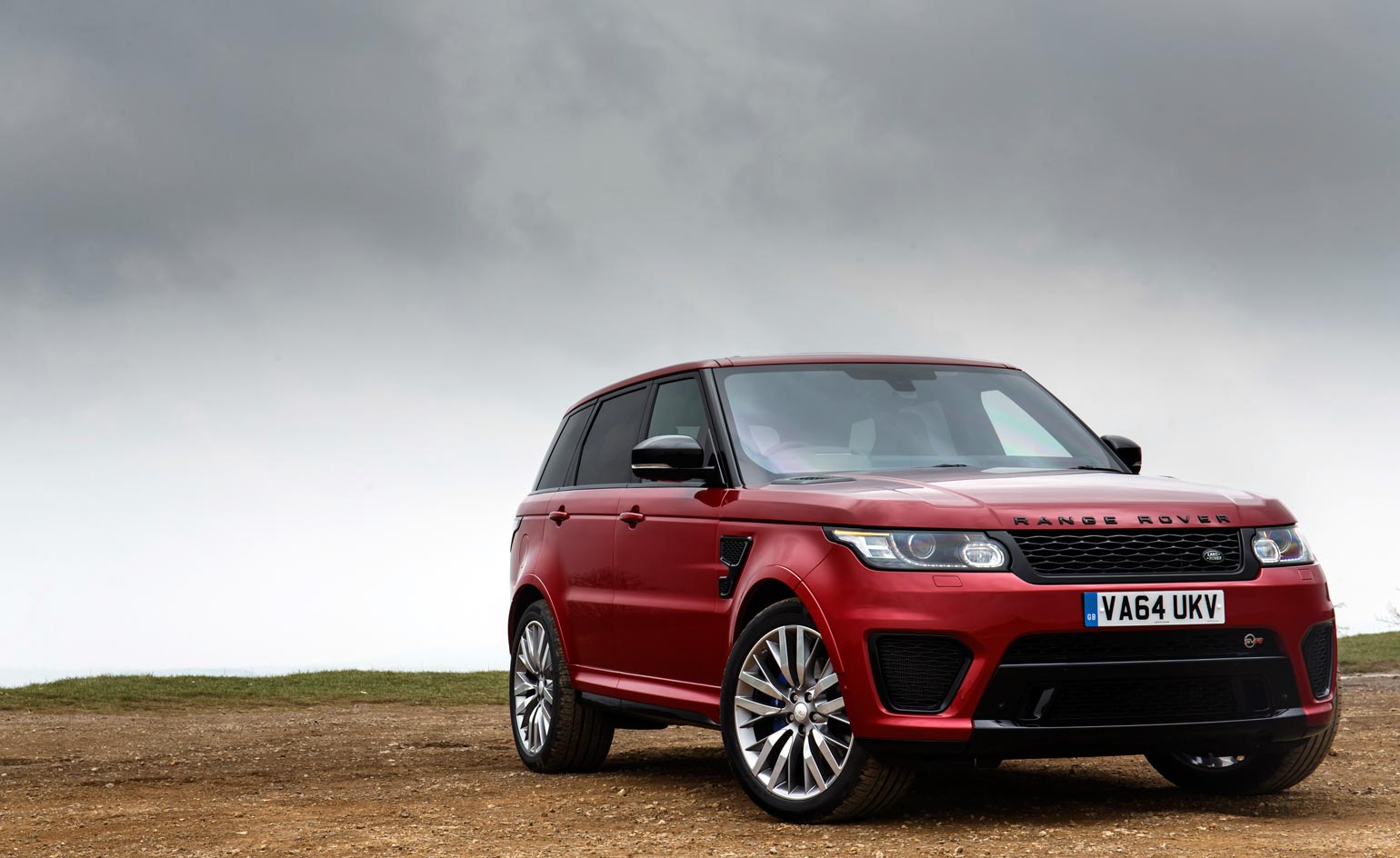
It's been two years since the new generation Range Rover Sport arrived to take up a worthy support spot alongside the flagship model. The original Sport was something of a bruiser, and the new car was leaner, sleeker, swifter and far more efficient, thanks to some clever engineering and an extensive use of aluminium.
As a result, the MkII Sport has been one of several catalysts in Jaguar Land Rover's remarkable economic renaissance. You'll see this car in well-heeled districts from LA to Tokyo and all points in between. Capable of shimmying up an alarmingly steep slope or ploughing through waist high water – just like every Land Rover model – the Sport is a classic example of ability outweighing intention.
The Sport SVR turns up the wick on nearly every attribute, save for practicality. For a start, you don't get the regular car's useful seven-seat option and the inclusion of a supercharged V8 means – unsurprisingly – that fuel consumption is somewhat compromised. That's not really the point of this car; nor is the fact that the dashboard still factors Land Rover's legendary Terrain Response system, designed to help this two-tonne machine grind its way across the grimiest surfaces.
Fettled by JLR's new Special Vehicle Operations group, the SVR has been given a power boost, body kit, elaborately OTT interior trim and sharpened up handling. The end result is a machine that makes light work of high speeds – 162 mph in a Range Rover is a sobering prospect, as are the physics of getting to 60 in around 4.5 seconds. You certainly won't fail to be noticed, especially if you click the switch that opens up a sonorous valve in the quad exhaust system, rendering every gentle blip of the throttle into a seismic eruption. This kind of noise is perhaps anachronistic – and entirely manufactured – but for now they're still a key attraction of the performance car.
Does the world need the SVR? Perhaps not, but it's in good company. Mercedes built the ML63, as well as the decidedly more low-tech G63 and G500, while the BMW X5M and Porsche Cayenne Turbo S are old hands in the art of putting more power in big cars. Next year will see the arrival of the new Bentley Bentayga, so it's safe to say there's practically no limit to the ongoing appetite for high powered SUVs.
On the other side of the coin, however, is the Sport Hybrid – the yin to the SVR's yang, if you like. The Hybrid pairs a 3.0 litre diesel with a battery pack, allowing for a few miles of silent, emission-less running and the big bonus of drastically reduced fuel and emissions. Both excel at what you expect them to, performing with the kind of aplomb and efficiency that's in strict contradiction to the scale of these mighty machines.

The new model uses the legendary Terrain Response system, designed to help it grind its way across the grimiest surfaces
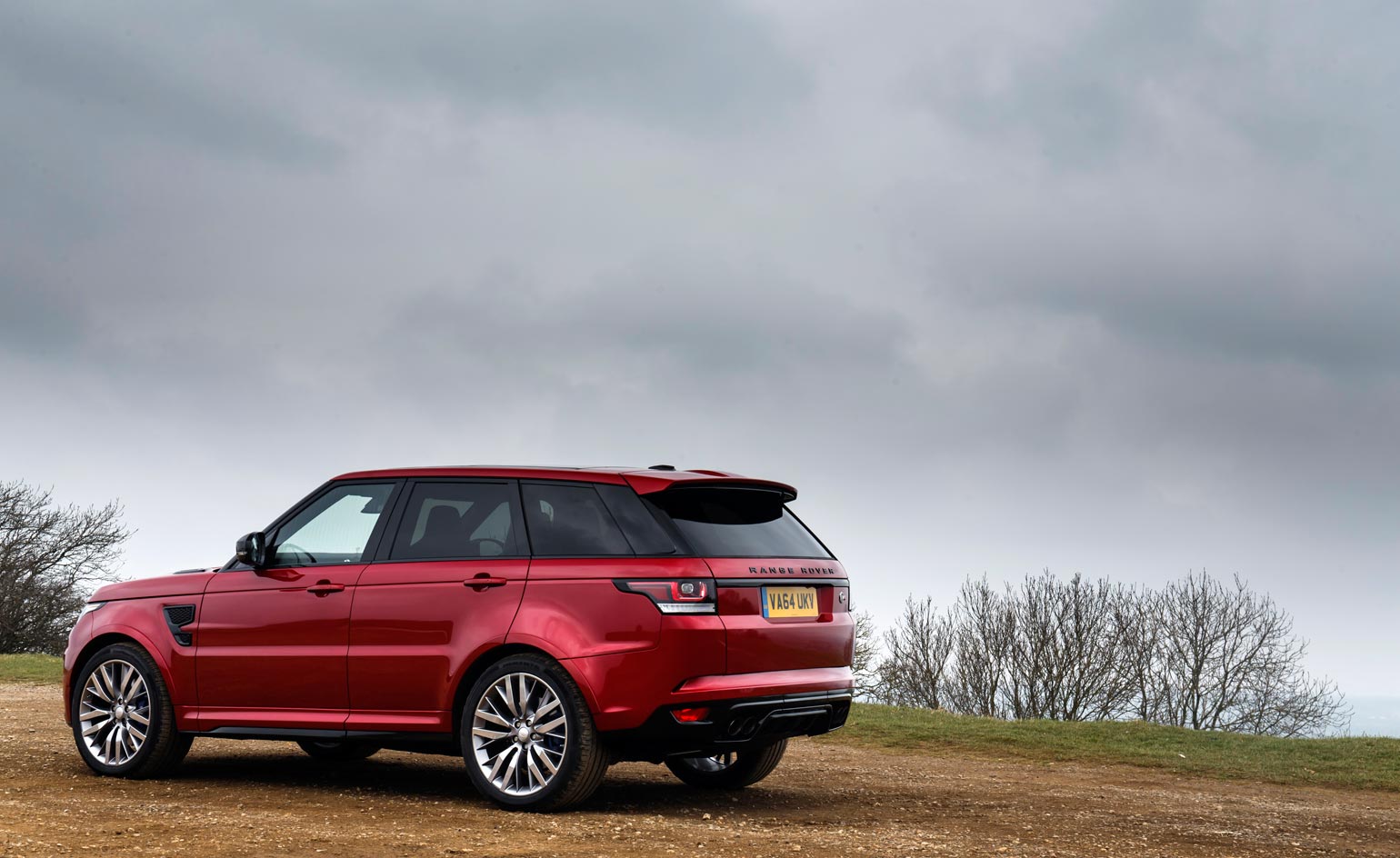
It makes light work of high speeds – 162 mph in a Range Rover is a sobering prospect, as are the physics of getting to 60 in around 4.5 seconds
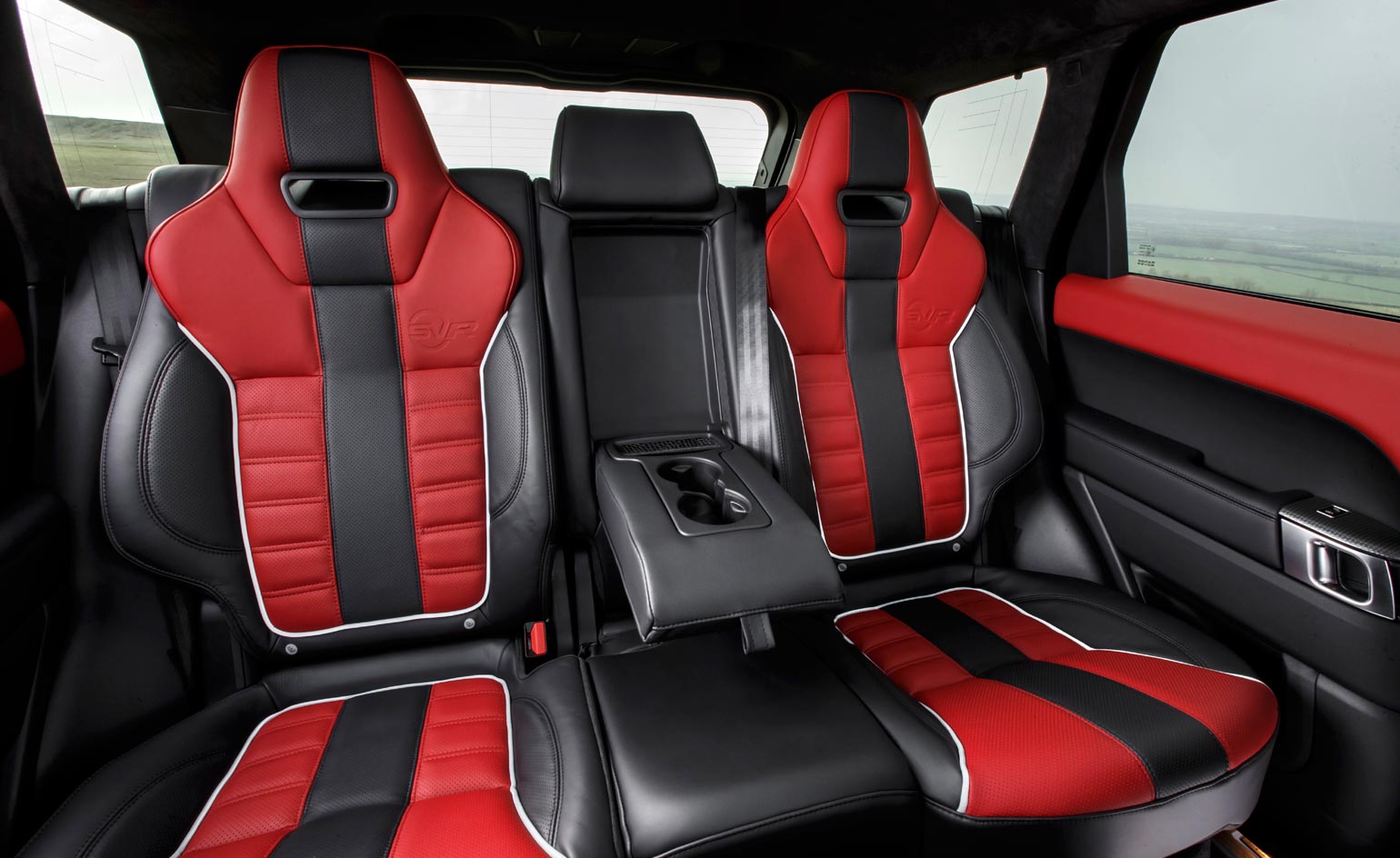
The car possesses all the high-tech utilities one would expect, plus a sleek new design

A switch that opens up a sonorous valve in the quad exhaust system, rendering every gentle blip of the throttle into a seismic eruption, is also an integrated option
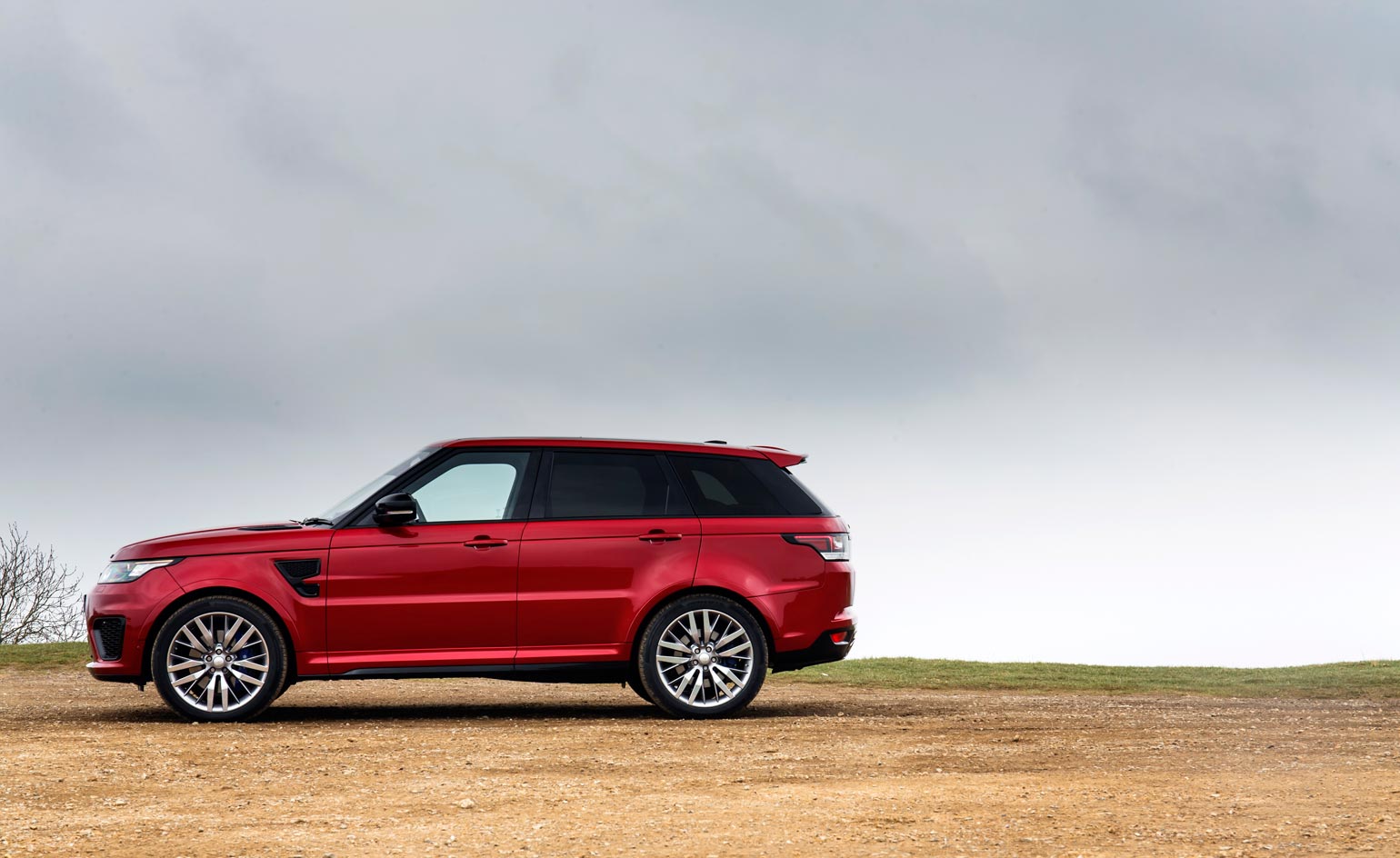
Range Rover's new Sport models excel at what you'd expect them to, performing with the kind of aplomb and efficiency that's in strict contradiction to their size
Receive our daily digest of inspiration, escapism and design stories from around the world direct to your inbox.
Jonathan Bell has written for Wallpaper* magazine since 1999, covering everything from architecture and transport design to books, tech and graphic design. He is now the magazine’s Transport and Technology Editor. Jonathan has written and edited 15 books, including Concept Car Design, 21st Century House, and The New Modern House. He is also the host of Wallpaper’s first podcast.
-
 Wallpaper* Design Awards: why Sharan Pasricha is 2026’s Best Host
Wallpaper* Design Awards: why Sharan Pasricha is 2026’s Best HostWe salute the Indian-born, London-based hospitality entrepreneur who can’t stop thinking about ways to upgrade how we live, work and connect
-
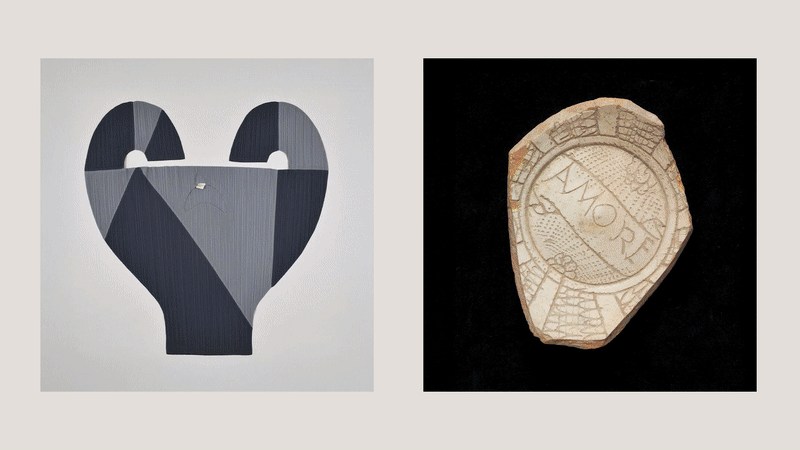 Wallpaper* Design Awards: London’s V&A East Storehouse is Launch of the Year 2026
Wallpaper* Design Awards: London’s V&A East Storehouse is Launch of the Year 2026Designed by Diller Scofidio + Renfro, the V&A family’s latest outpost turns the museum concept on its head, offering a revolutionary peek into the daily life of the institution’s Wunderkammer of a collection
-
 From jet bikes to electric speedsters, the CES debuts that might just fly
From jet bikes to electric speedsters, the CES debuts that might just flyCES 2026 brought new releases in the world of mobility tech, including a host of automotive AI innovations. We’ve rounded up the show's key debuts
-
 Holland & Holland's Range Rover is outstanding in its field: shoot the breeze in style
Holland & Holland's Range Rover is outstanding in its field: shoot the breeze in styleCan you spare half a million pounds for a glorified four-wheeled gun cabinet? If so, the Range Rover Holland & Holland Edition by Overfinch might be the perfect fit
-
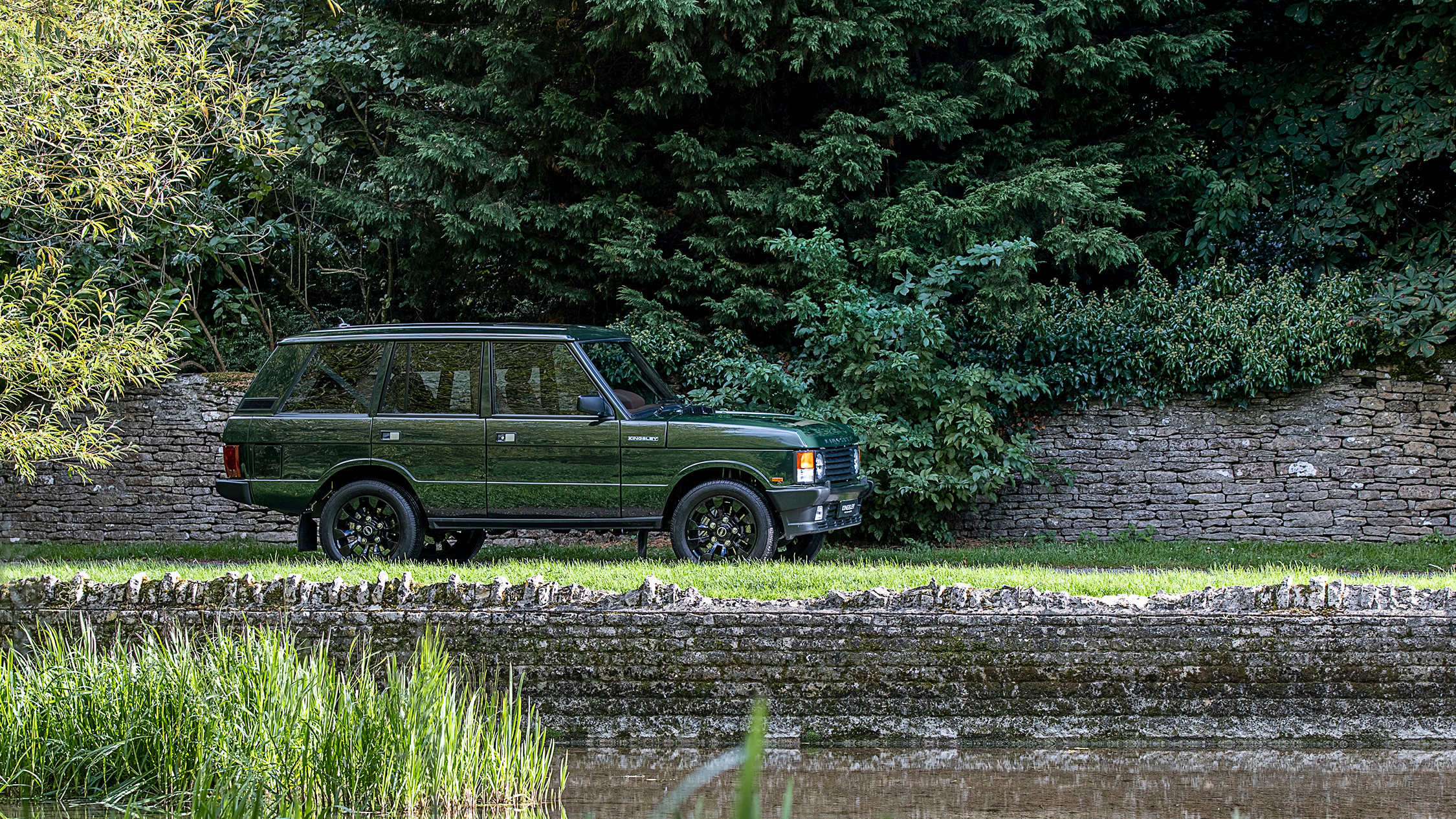 Kingsley Re-Engineered brings the Range Rover Classic into the modern era with the new KSR
Kingsley Re-Engineered brings the Range Rover Classic into the modern era with the new KSRA sophisticated retromod transforms the iconic original Range Rover into a thoroughly stylish and modern luxury SUV
-
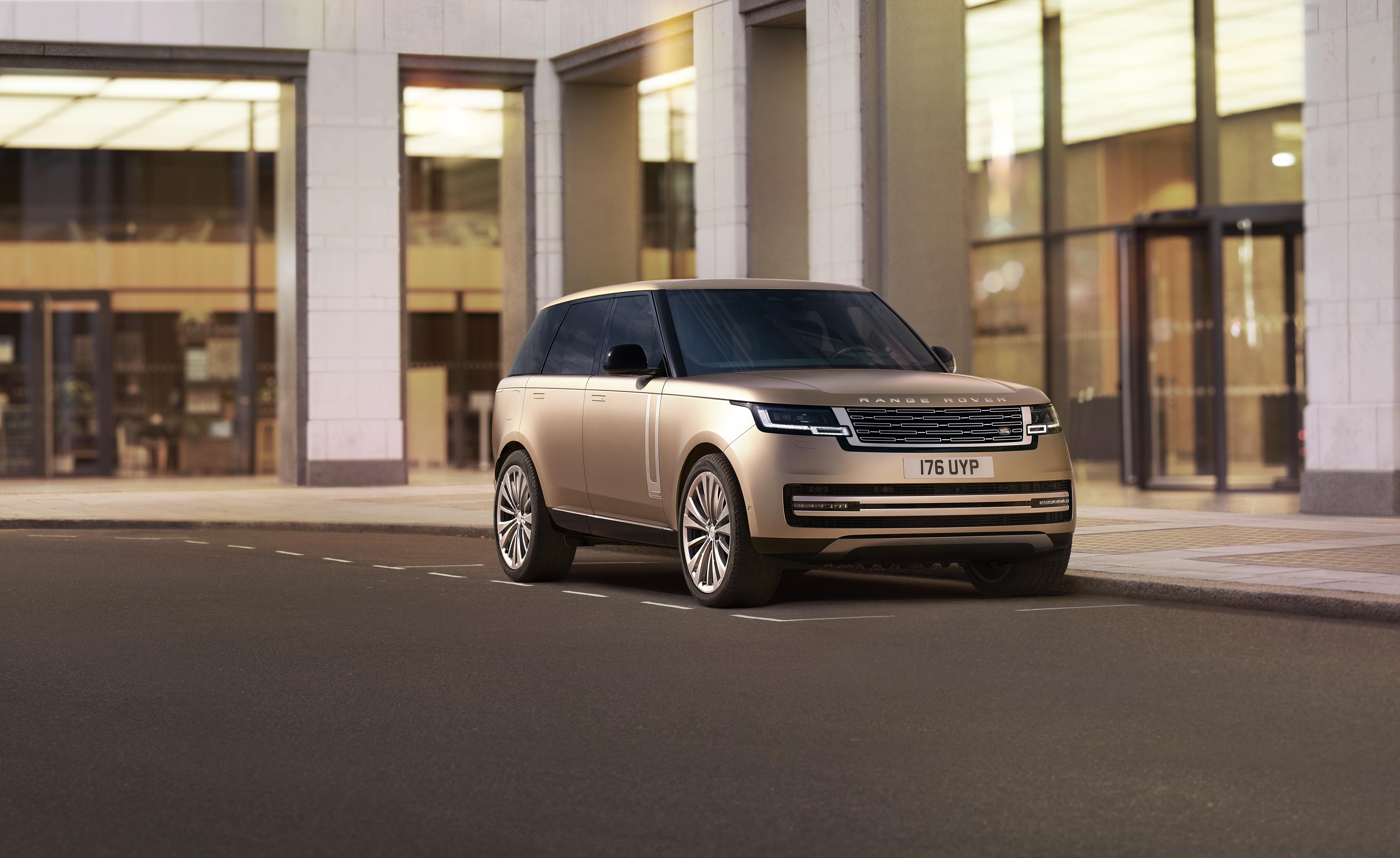 New 2022 Range Rover is an architectural powerhouse
New 2022 Range Rover is an architectural powerhouseTough but refined, the 2022 Range Rover cloaks its athletic abilities and off-road agility beneath a sharp suit informed by a modernist approach
-
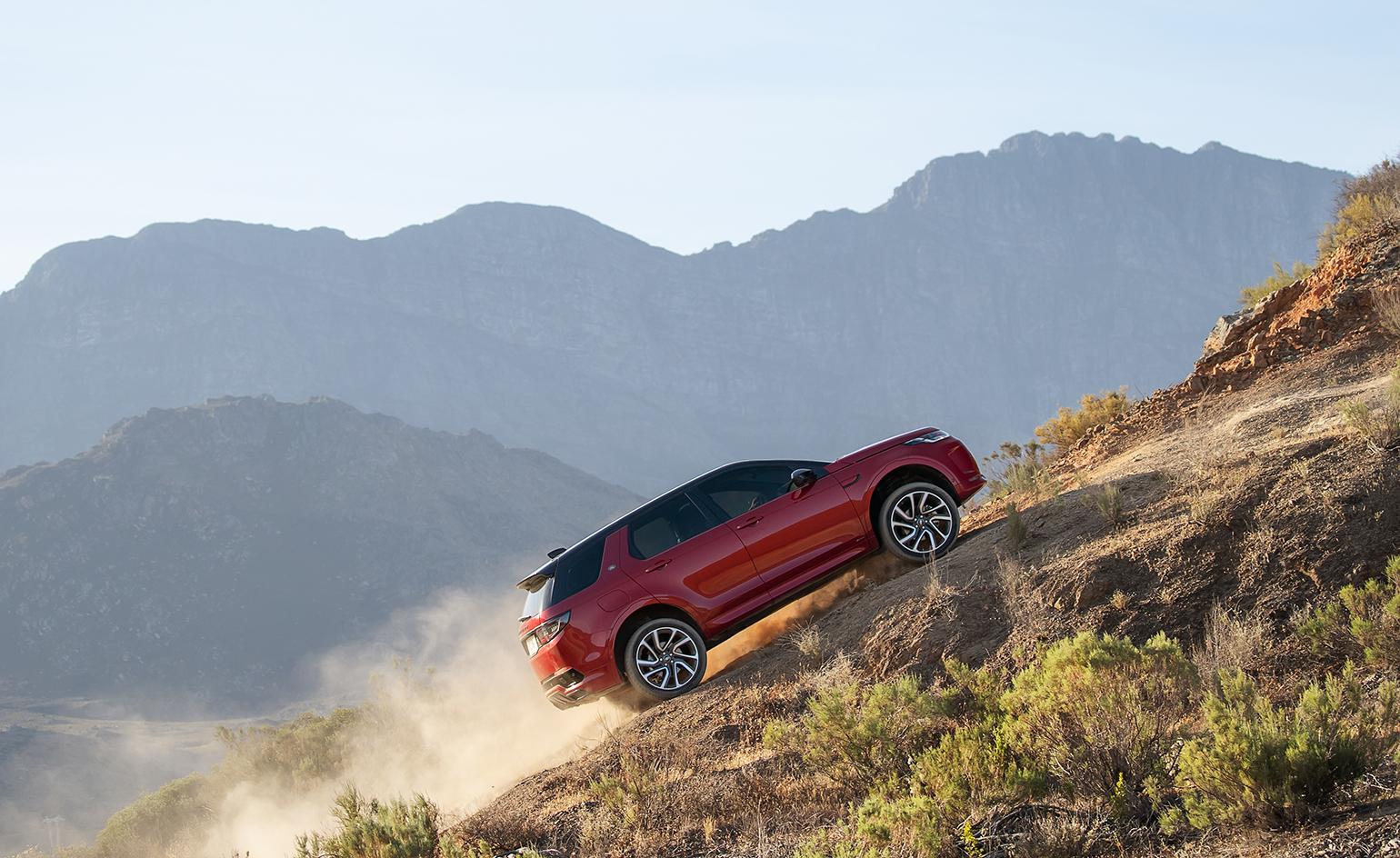 Hit the road: Land Rover Discovery Sport loves both mud and tarmac
Hit the road: Land Rover Discovery Sport loves both mud and tarmac -
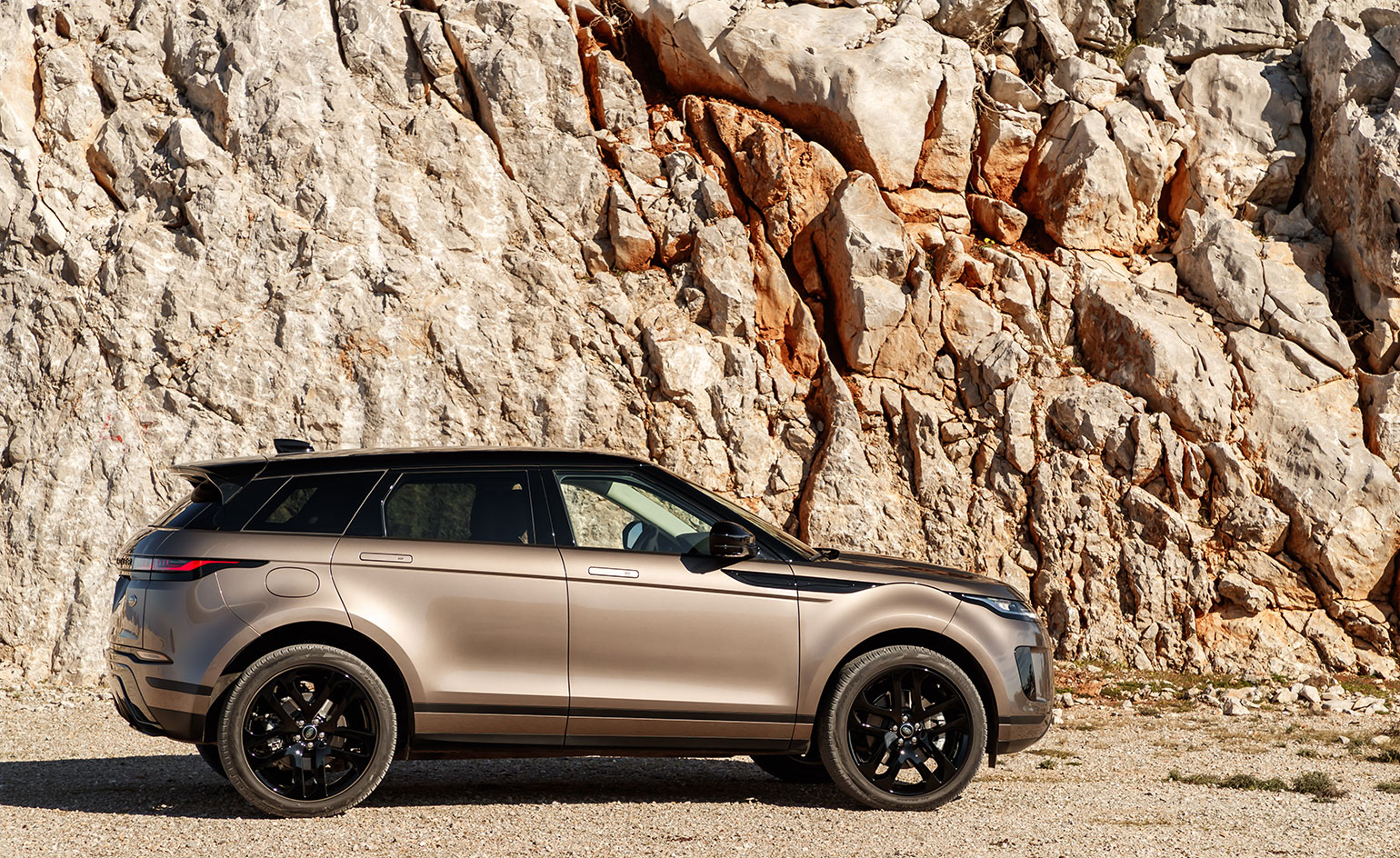 Range Rover Evoque returns as a progressive competitor in the sports-utilities market
Range Rover Evoque returns as a progressive competitor in the sports-utilities market -
 The new Range Rover Evoque has been developed for electrification
The new Range Rover Evoque has been developed for electrification -
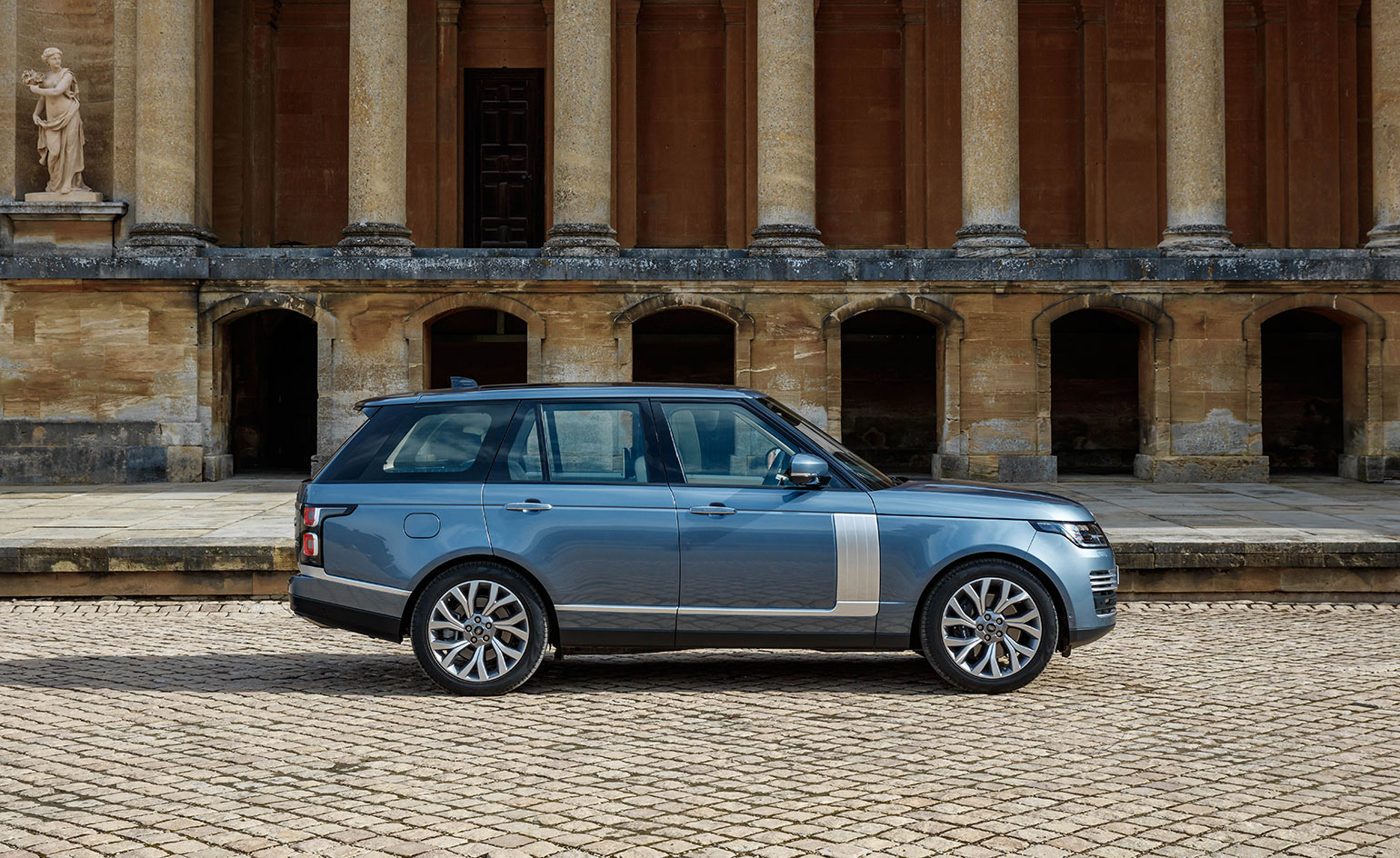 Range Rover PHEV drives luxury into the electric hybrid market
Range Rover PHEV drives luxury into the electric hybrid market -
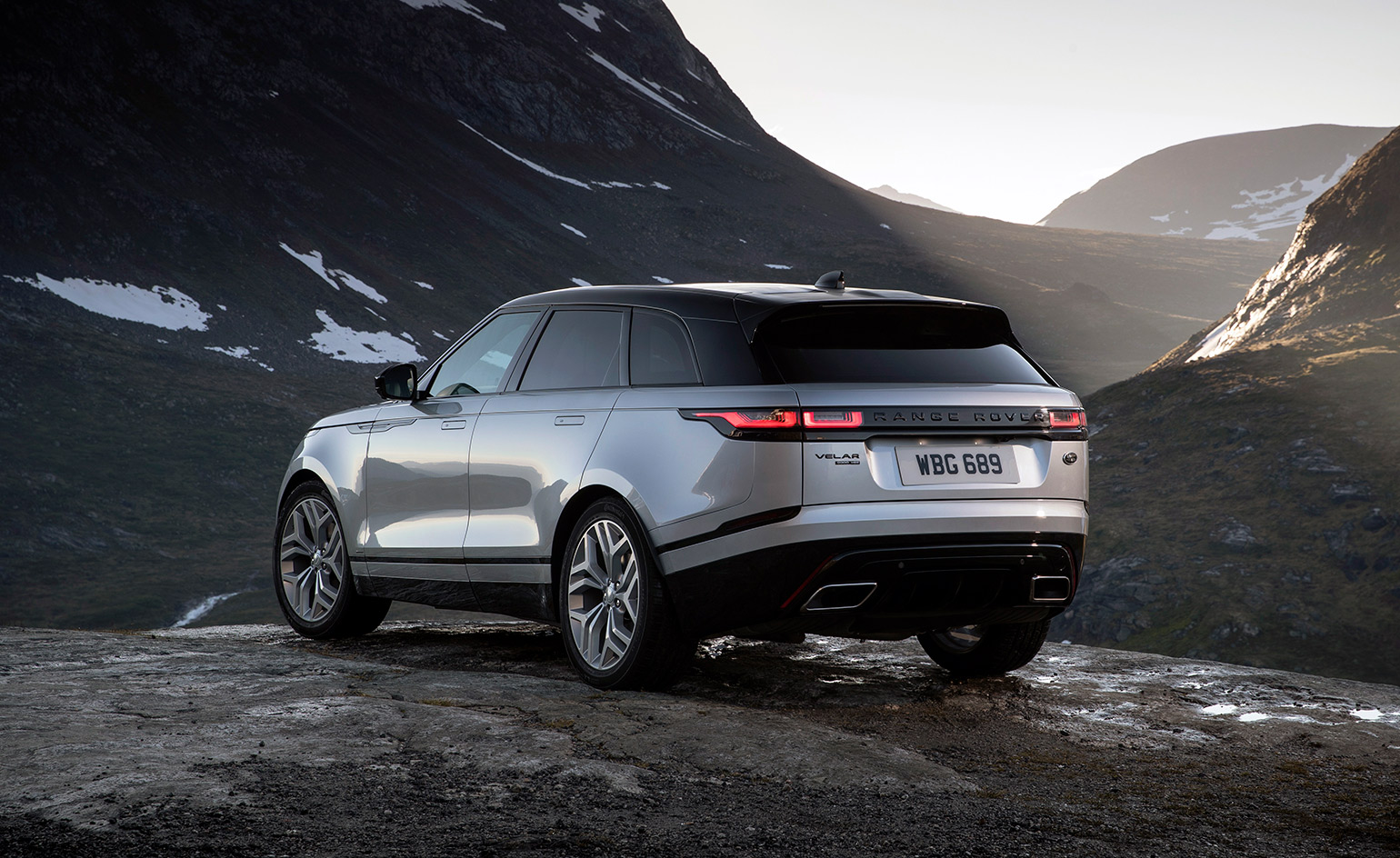 Range Rover Velar has the aesthetic sensibility of a luxury smartphone
Range Rover Velar has the aesthetic sensibility of a luxury smartphone